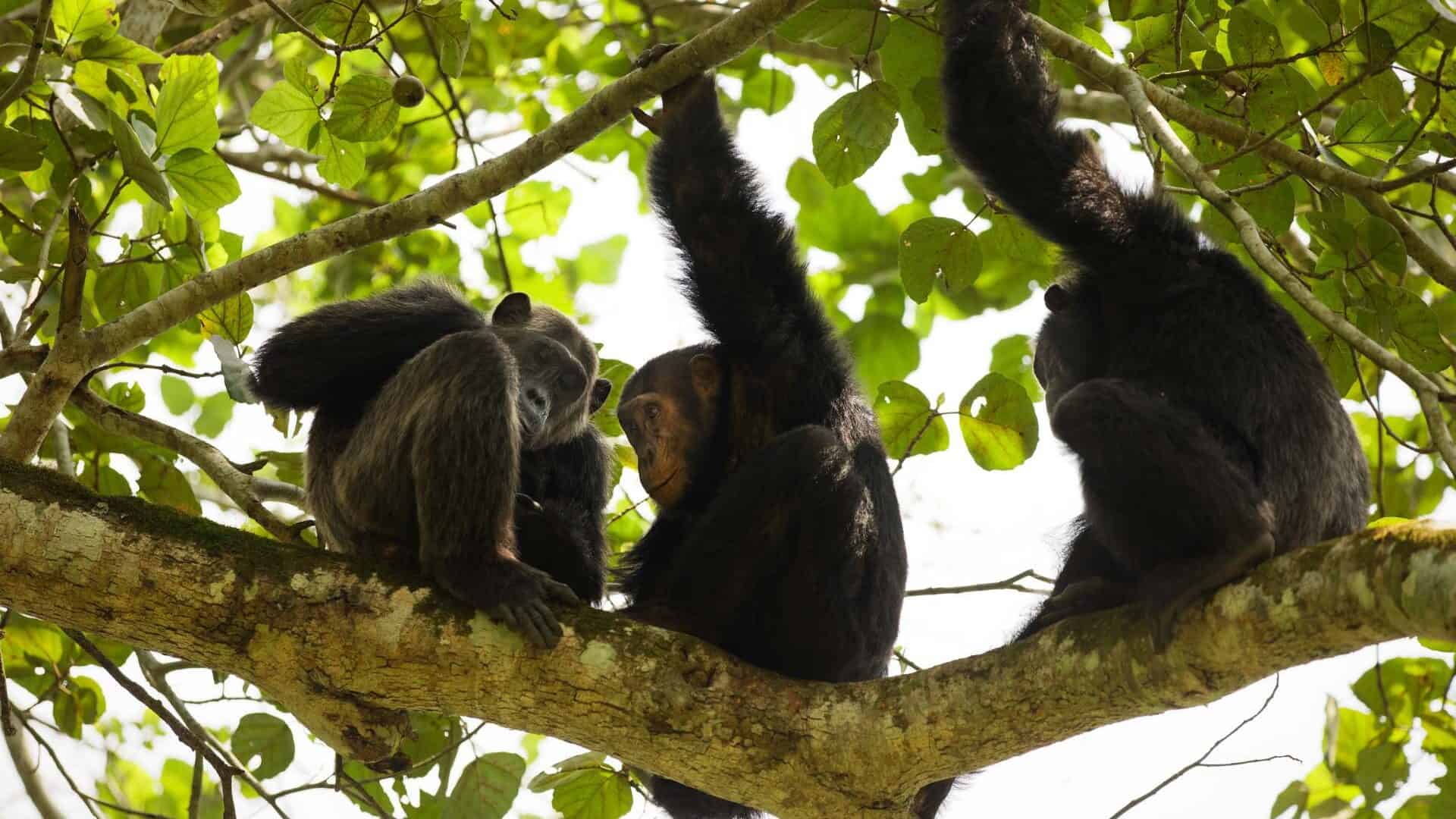Uganda’s Newly Gazetted National Parks,Uganda has taken a monumental step in conservation and tourism development by officially gazetting six new national parks in September 2025. This historic decision, ratified by Cabinet, expands the country’s protected areas from ten to sixteen national parks, reinforcing Uganda’s position as one of Africa’s premier safari destinations. The newly elevated parks—Bukaleba, Echuya, Kyambura, Kigezi, Toro, and Katonga—were formerly classified as forest and wildlife reserves, but now enjoy enhanced legal protection and increased conservation resources under the Uganda Wildlife Authority.
The Transformation from Reserves to National Parks
The upgrade of these six protected areas represents more than just a change in administrative classification. It marks a fundamental shift in how Uganda approaches biodiversity conservation and wildlife management. For decades, these forest reserves and wildlife zones faced mounting pressures from encroachment, illegal logging, poaching, and agricultural expansion. By elevating their status to national parks, the government has provided them with stronger statutory protection, increased management capacity, and greater visibility as tourist attractions for those seeking authentic Uganda safaris and tours.
The transformation addresses critical conservation challenges that have long plagued Uganda’s protected areas. Human-wildlife conflict has intensified as human populations expand into wildlife corridors, while illegal activities such as charcoal burning and uncontrolled grazing have threatened delicate ecosystems. The new national park designation empowers the Uganda Wildlife Authority with enhanced legal tools and resources to combat these threats while creating vital buffer zones around existing parks.
Exploring the Six New National Parks
Each of the newly gazetted parks brings unique ecological and cultural significance to Uganda’s tourism landscape, offering travelers diverse experiences beyond the country’s already famous gorilla trekking and savannah safaris.
Echuya National Park, located in southwestern Uganda near the borders with Rwanda and the Democratic Republic of Congo, encompasses montane and bamboo forest vegetation characteristic of the Albertine Rift—one of Africa’s most endangered and biodiverse ecoregions. This highland forest complements the existing gorilla tourism infrastructure in neighboring areas, providing ecotourists and birdwatchers with opportunities to explore elevational biodiversity. The park’s misty forests and rugged terrain offer a dramatic contrast to Uganda’s savannah landscapes, appealing to travelers seeking variety in their safaris in Uganda.
Kyambura Gorge National Park lies adjacent to Queen Elizabeth National Park and has long been recognized as an exceptional primate habitat. The gorge’s dense tropical forest is home to a habituated chimpanzee community, offering visitors intimate encounters with these intelligent primates. Previously managed as part of Queen Elizabeth’s chimpanzee tracking program, Kyambura’s independent status will allow for expanded tourism infrastructure and more focused conservation efforts. The park’s deep forested valley creates a microclimate that supports diverse wildlife including red-tailed monkeys, black-and-white colobus monkeys, and over 370 bird species.

Bukaleba National Park, positioned along the shores of Lake Victoria in eastern Uganda, presents a unique opportunity for integrated eco-lake tourism. This park combines lakeside biodiversity with forest ecosystems, offering travelers a refreshing alternative to Uganda’s mountain and savannah parks. Visitors can expect forest walks, community tourism experiences, and water-based activities that showcase the ecological richness of Africa’s largest lake. The park’s accessibility and distinct character position it as an attractive addition to Uganda safari itineraries.
Kigezi Wildlife Reserve, now elevated to national park status, serves as a crucial buffer zone between the Ishasha Sector of Queen Elizabeth National Park and Maramagambo Forest. Located in Rukungiri district in western Uganda, Kigezi has historically played an important role in wildlife movement and habitat connectivity. Its new designation will enhance protection for elephants, forest mammals, and migratory species while opening new tourism opportunities in a region already popular for Uganda safaris and tours.

Toro-Semliki National Park occupies a strategic position in the Western Great Rift Valley floor between the Rwenzori Mountains and Lake Albert. This wilderness destination showcases the unique ecosystems of the western Ugandan lowlands, offering travelers experiences distinct from the country’s highland forests. The park’s location near the border creates opportunities for cross-border conservation initiatives and tourism development.
Katonga National Park, formerly a game reserve, historically functioned as a vital corridor for wildlife migration between western Uganda and neighboring countries. The park’s wetland ecosystems support diverse wildlife populations and serve critical ecological functions. Its upgrade to national park status will strengthen protection for migratory routes and wetland habitats while expanding tourism infrastructure along this important wildlife corridor.
Implications for Uganda Safaris and Tours
The gazetting of these six parks significantly diversifies Uganda’s tourism portfolio, moving beyond the country’s established reputation for gorilla trekking in Bwindi and Kibale’s chimpanzee tracking. Tour operators and travelers planning safaris in Uganda now have access to sixteen national parks, each offering distinct experiences across varied ecosystems—from montane forests and lakeside habitats to savannah grasslands and wetland corridors.
The expanded park network encourages longer visitor stays and more comprehensive itineraries that showcase Uganda’s ecological diversity. Travelers interested in multi-destination Uganda safaris and tours can now combine gorilla encounters with forest exploration in Echuya, chimpanzee tracking in Kyambura, and lakeside experiences at Bukaleba—all within a single trip. This variety positions Uganda competitively against other East African destinations while emphasizing the country’s unique combination of primate tourism, big game viewing, and diverse ecosystems.
The new parks also create opportunities for self-drive safaris, an increasingly popular option among independent travelers. Improved road connectivity, enhanced signage, and expanded tourism infrastructure in these newly designated areas will facilitate exploration for visitors who prefer the flexibility of self-guided adventures. The Uganda Wildlife Authority has committed to infrastructure improvements including roads, lodging facilities, and visitor centers to support tourism growth.
Community Benefits and Sustainable Development
Local communities living near these newly gazetted parks stand to benefit significantly from increased tourism activity. The creation of park ranger positions, hospitality jobs, and tourism-related enterprises will provide sustainable livelihoods while fostering collaboration between the Uganda Wildlife Authority and local stakeholders. Revenue-sharing programs, already successful in Uganda’s established national parks, will extend to these new protected areas, ensuring that conservation directly benefits surrounding communities.
Community engagement programs will help address historical tensions between conservation objectives and local land use needs. By providing economic alternatives to activities like charcoal burning and agricultural encroachment, the new national parks can become sources of opportunity rather than restriction for neighboring populations. This approach aligns with Uganda’s Vision 2040 development goals, which emphasize sustainable development and poverty reduction through tourism and conservation.
Challenges and Opportunities Ahead
While the gazetting of six new national parks represents a major conservation achievement, successful implementation requires sustained effort and investment. Tourism infrastructure including roads, airports, and accommodation facilities must keep pace with visitor demand. Private tour operators have advocated for faster airport upgrades, improved road connectivity to remote parks like Echuya and Bukaleba, and streamlined tourism taxation to make travel seamless and affordable.
The Uganda Wildlife Authority, working closely with the National Forestry Authority, must effectively transition these areas from reserve management to comprehensive national park operations. This includes anti-poaching patrols, habitat restoration, tourism facility development, and community outreach programs. The coming years will reveal how successfully these institutions can balance biodiversity protection, community needs, and tourism development.
International recognition and marketing will be crucial to attracting visitors to these lesser-known destinations. While Uganda’s gorilla parks enjoy global fame, the new national parks will require targeted promotion to raise awareness among international travelers planning Uganda safaris and tours. Strategic partnerships with tour operators, travel media, and conservation organizations can help establish these parks as must-visit destinations.
Conclusion: Uganda’s Conservation Legacy
The establishment of six new national parks demonstrates Uganda’s commitment to protecting its extraordinary natural heritage while expanding economic opportunities through sustainable tourism. These parks join an already impressive network of protected areas that includes Bwindi Impenetrable National Park’s mountain gorillas, Queen Elizabeth’s tree-climbing lions, Murchison Falls’ dramatic cataracts, and the snow-capped Rwenzori Mountains.
For travelers considering safaris in Uganda, the expanded national park system offers unprecedented diversity and value. Whether seeking primate encounters, big game viewing, highland forest exploration, or lakeside relaxation, visitors can find authentic wilderness experiences across sixteen protected landscapes. As these new parks develop their tourism infrastructure and conservation programs, Uganda strengthens its reputation as the Pearl of Africa—a destination where extraordinary wildlife, stunning landscapes, and warm hospitality combine to create unforgettable safari experiences.
The success of these newly gazetted parks will depend on continued investment, effective management, and meaningful community engagement. If these elements align, Uganda will not only preserve its biodiversity for future generations but also establish a model for how protected areas can drive sustainable development while maintaining ecological integrity. For anyone planning Uganda safaris and tours, these six new national parks represent exciting frontiers waiting to be explored.
Partner With Cycads African Safaris
Cycads African Safaris is always at your service for any adventure in East Africa. Whether you’re dreaming of exploring Uganda’s newly gazetted national parks, tracking mountain gorillas in Bwindi, witnessing the Great Migration, or discovering hidden gems across the region, our experienced team crafts personalized itineraries that exceed expectations. With deep local knowledge, professional guides, and commitment to sustainable tourism, we transform your safari dreams into unforgettable reality. Reach us today at +1 818 290 6623 or email info@cycadssafaris.com. We will be waiting to design your perfect East African adventure.


